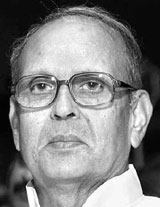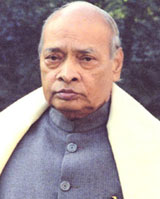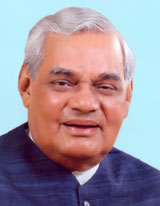V.P. Singh was the Prime Minister between 1989 and 1991. He was leading an anti-Congress coalition called the Janata Dal.
 |
| V.P. Singh |
During his tenure he decided to implement the Mandal Commission Report which provided reservation for other backward classes. His government was marked by factionalism, and he was forced to resign in 1990. The next Prime Minister Chandrasekhar held the office from November 1990 to March 1991.
In June 1991 P. V. Narasimha Rao became Prime Minister. He moved decisively toward new economic reforms, reducing the government’s economic role, instituting austerity measures, and encouraging foreign investment.
 |
| Narasimha Rao |
The finance minister Dr. Manmohan Singh’s role in this sphere is worth noting. As a result, India started moving towards liberalization, privatization and globalization.
 |
| Vajpayee |
After the elections of 1996, Atal Bihari Vajpayee became Prime Minister from the BJP party but he was not able to prove majority in the Parliament. Deve Gowda formed a coalition government. He was the eleventh Prime Minister of India (1996– 1997). He was from the state of Karnataka. His government also fell due to the no confidence motion voted jointly by the Congress and the BJP. He was succeeded by I.K. Gujral for a brief period in 1997. Atal Bihari Vajpayee became the Prime Minister of India in 1998. In the 1999 elections the National Democratic Alliance under the leadership of Vajpayee formed the government. His period witnessed two important events. One was the Kargil War with Pakistan and another was the nuclear tests at Pokhran.




